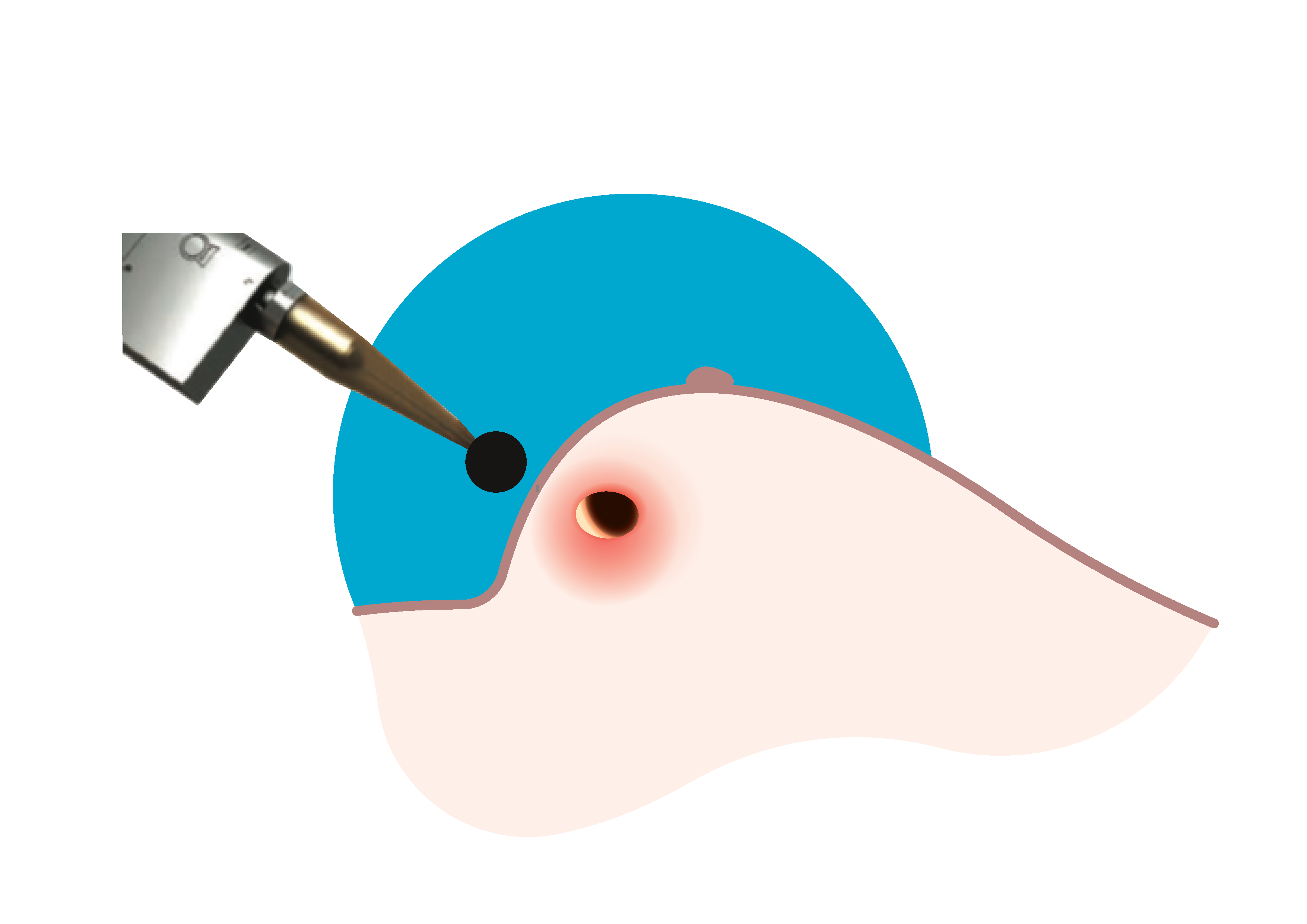IORT: 2 TREATMENTS, 1 PROCEDURE
Here at Hospital Picaso, Intraoperative radiation therapy (IORT) is an advanced treatment technique for breast cancer. During IORT, the tumour is surgically removed before a precise dose of radiation is delivered to the tumour bed (tissues surrounding the cancer). By combining the best of both surgery and radiotherapy, patients benefit from better treatment outcomes.
Benefits of IORT

Better for nearby tissue
Precise radiation dose leads to reduced risk of harm to surrounding healthy tissues and organs.

Time-saving
Precise radiation dose leads to reduced risk of harm to surrounding healthy tissues and organs.

Convenience
There is no need to travel to the hospital multiple times for radiotherapy sessions (great for overseas patients).
How is IORT done?
|
Step 1
|
Step 1 The Breast Surgeon removes the tumour during the lumpectomy procedure. |
|
Step 2
|
Step 2 The applicator (device that delivers the radiation) is placed exactly at the area where the tumour was removed. |
|
Step 3
|
Step 3 Radiation is delivered locally, minimising healthy tissue exposure. |
|
Step 4
|
Step 4 After about 30 minutes, the applicator is removed. The Breast Surgeon closes the incision and the procedure is completed. |
Is IORT suitable for me?
IORT is suitable for patients with stage 1 or stage 2 breast cancer. Other factors such as your age, health, and other underlying conditions may also lead to other treatment options being recommended over IORT.
- The lump is larger than 3 cm
- The lump is superficial (less than 1 cm from the skin)
- The breast is small or the tumor is located at the edge of the breast where there is no space for the applicator
The best way to determine your suitability for IORT is to consult with our doctors at Hospital Picaso.
EBRT or IORT?

Elekta Harmony Pro — EBRT delivery system

ZEISS INTRABEAM 600 — IORT delivery system
Compared to EBRT (external beam radiotherapy), patients undergoing IORT tend to have fewer side effects.
- Fatigue
- Skin irritation (redness, soreness, etc.)
- Seroma (fluid buildup near surgery site)
- Effects on wound healing (affecting the firmness of the scar)
- Serious wound complications (this is very rare)






